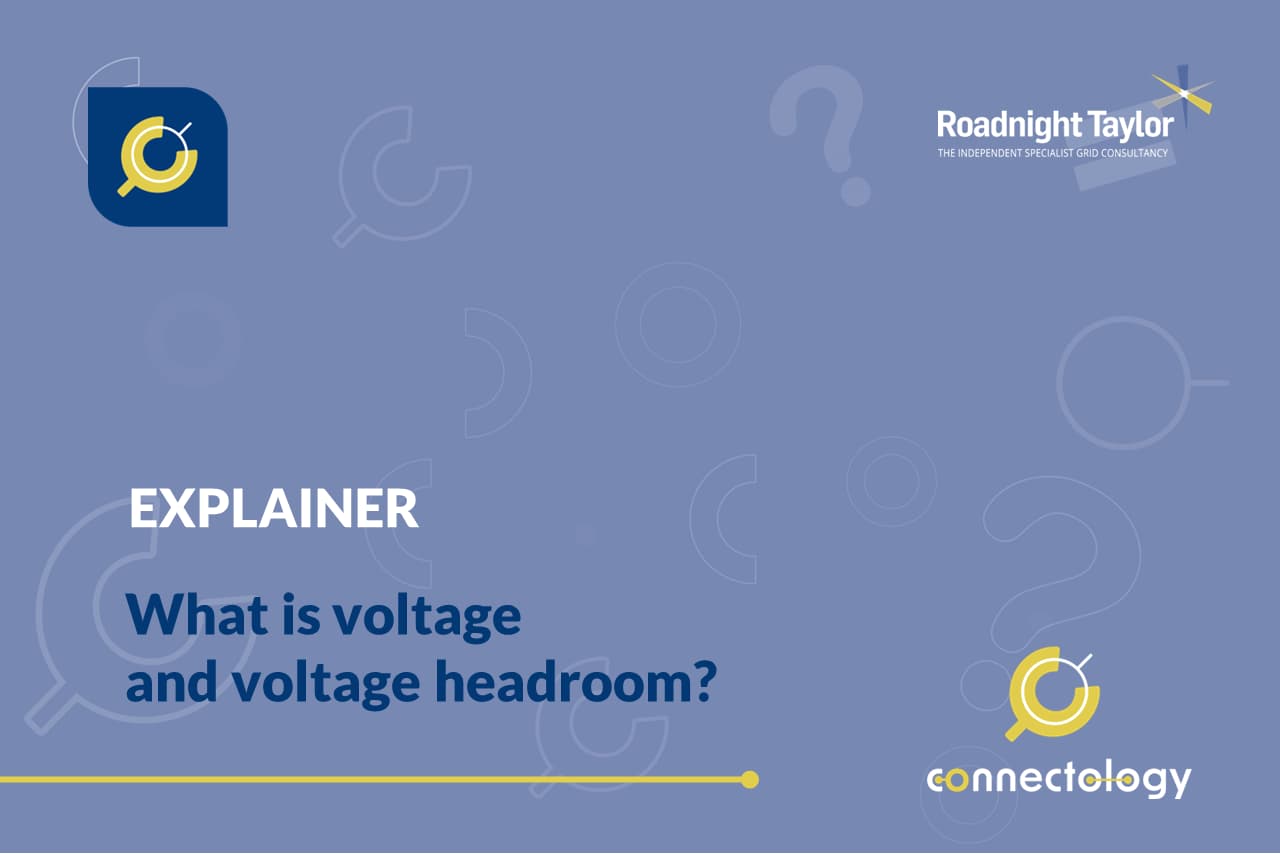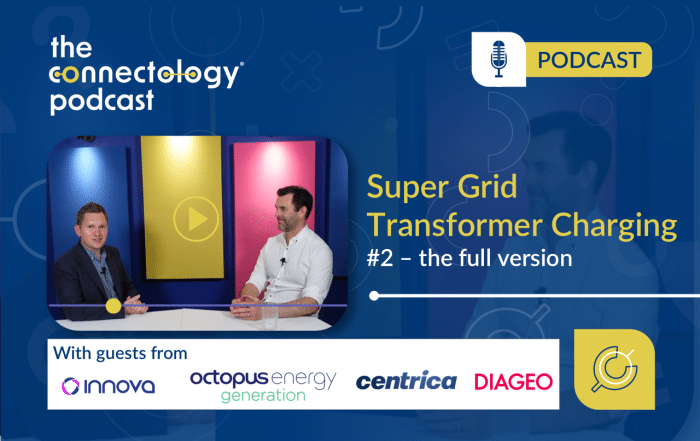What is voltage and voltage headroom?
All electricity networks have a limit as to how high or low the voltage is allowed to go, and how close the existing voltage is to the limit is referred to as the voltage headroom. We explain more about voltage and voltage headroom below.
Article by Pete Aston – acknowledged expert in networks
Pete joined Roadnight Taylor from Western Power Distribution, the UK’s largest DNO, where he was Primary System Design Manager. He led a team of sixty responsible for all connections and reinforcement of the extra high voltage network and oversight of the roll out of active network management across all four of WPD’s licence areas.
30th August, 2022

What is voltage?
Electrical concepts can be hard to visualise, as you can’t see electrons flowing in wires, so something like voltage can be tricky to explain. To help, it can be useful to use water as an analogy. With water, there are the parameters of pressure, pipe size and flow rate. A pressurised water supply pushing into one end of a pipe will cause water flow out the other end of the pipe. Increase the water pressure or make the pipe diameter bigger, and the flow rate will increase.
A similar set of three parameters exists in electrical circuits – voltage, resistance and current. Voltage is analogous to pressure, resistance to pipe diameter and current to flow rate. A voltage source connected to a circuit will cause current to flow around the circuit. Increase the voltage, or reduce the resistance of the circuit, and more current will flow.
The German physicist Georg Ohm first described the relationship between voltage (V), current (I) and resistance (R) in 1827, in his famous equation V=IR (helpfully called Ohm’s law!).
What is voltage headroom?
So, what does this mean for connections to the grid? One outcome of Ohm’s law is that current flowing through the resistance a circuit will cause a drop in voltage, in the same way that the water pressure at the end of a hosepipe is lower than at the front of the hosepipe (where it is connected to the tap).
The most obvious example of this is with an overhead line. At the point where the overhead line is connected into the source substation, the voltage on the line is the same as at the substation. Let’s say there is a house connected 50m down the overhead line. The current pulled by this house will cause the voltage at the house to be lower than at the substation. A second house is connected 50m further down the line. The voltage at this house will be lower than at the first house. This could continue along the line until the voltage is too low for a house to use, so that appliances wouldn’t work properly. This effect is usually referred to as voltage drop, as the current flows ‘downhill’ from the substation to the electrical demands.
The same voltage drop phenomenon takes place when generators connect to the network, but in reverse, and is referred to as voltage rise. When a generator connects to a circuit, the voltage at the generator has to be higher than at the substation it is connecting into, so that the current from the generator can flow ‘downhill’ from the generator to the rest of the electrical demands connected to the substation. The higher the generation output (export), the higher the voltage rise will be. Also, the higher the resistance of the circuit, the higher the voltage rise will be. High resistance is a combination of the size of the electrical circuit (its cross-sectional area), the type of material (for example copper has a lower resistivity than aluminium) and the length of the circuit. So, a long circuit with small wires will lead to a high voltage rise.
All networks have a limit as to how high or low the voltage is allowed to go. How close the existing voltage is to the limit is referred to as the voltage headroom. For example, in the UK domestic mains voltage must be 230V +10% / -6%, and for the 33kV network the limit is + / – 6%. If the voltage goes too low, things stop working and motors might burn out (as they try and draw more current to compensate for the lack of voltage). If the voltage goes too high, insultation can break down, current flow through resistive appliances increases and catastrophic failures can happen.
These limits mean that there is a voltage headroom on every network, whether for low voltage conditions (affecting new demand connections, such as housing estates and data centres), or for high voltage conditions (affecting new generation export connections). Some connections can reach a voltage limit before the circuits themselves run out of capacity. For example, it might be possible to connect a 10MW generator onto a circuit that is rated at 15MVA, but the circuit might be so long that the voltage rise caused by the generator would push the voltage over its allowed limits.
Contact us
Roadnight Taylor can help to identify where connections might be restricted due to voltage headroom, and can help to identify solutions to minimise this. To find out more call us on 01993 830571 or send us a message via our contact form.








